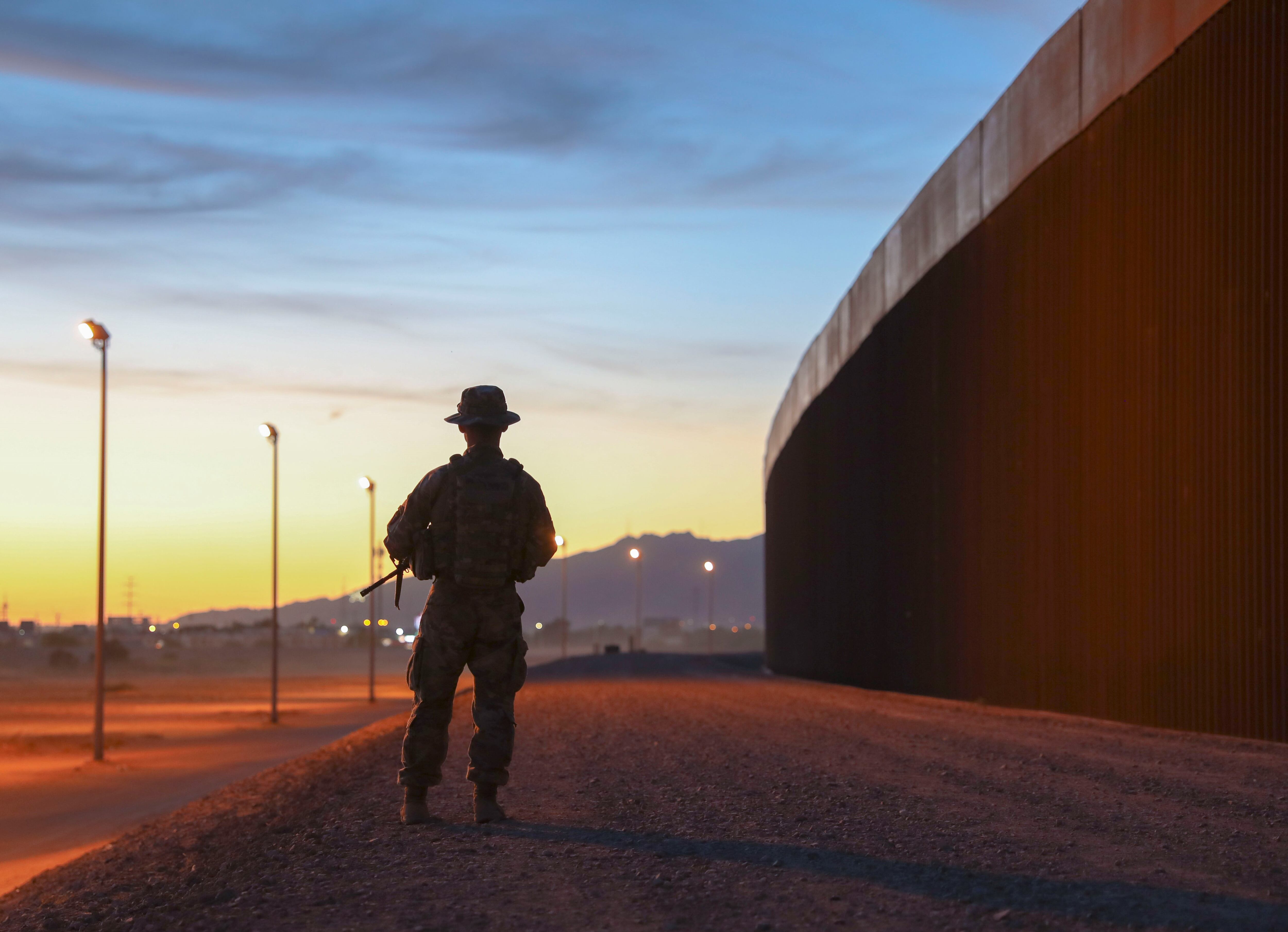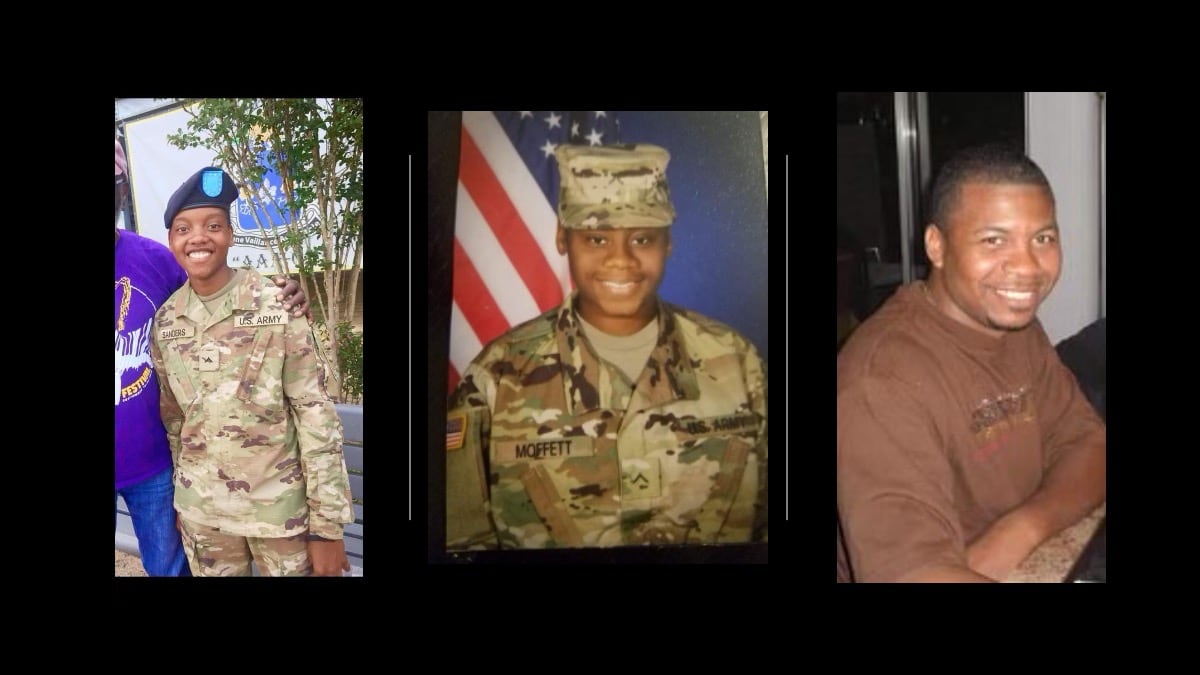Correction: A previous version of this story misidentified aircraft in a comparison by the Air Force secretary between the KC-46 and the KC-135. He had praised the KC-46 as a major “night-and-day” improvement over the KC-135.
WASHINGTON — The U.S. Air Force’s top civilian said Wednesday the service is eyeing a 5% cut in the minimum number of aerial refueling tankers it is required to keep in its fleet.
And Air Mobility Command announced later that day that the KC-46A Pegasus tanker is now approved to refuel about 97% of aircraft flown during U.S. Transportation Command missions.
During an event at the Heritage Foundation think tank, Air Force Secretary Frank Kendall said the service plans to ask Congress for permission to cut its tanker fleet requirement from a minimum of 479 refueling aircraft to 455.
Congress set that 479 requirement when it passed the 2019 National Defense Authorization Act, which was based on a TRANSCOM study from 2018 that found that number to be the minimum fleet size required if war broke out. At the end of 2021, the Air Force had about 490 tankers in its fleet.
Kendall said a tanker capacity of at least 455 would be “adequate” to respond to a threat from China, which the military considers the United States’ current pacing challenge, as well as other missions. But as the Air Force closely considers its priorities in a tough fiscal environment, the service “can’t do everything all the time,” he explained. And he warned the service’s ability to respond to multiple major crises at once may be tested.
“Given the threats that we face, the idea that we can do a major war and a major contingency simultaneously is a stretch,” Kendall said.
The Hudson Institute said in a November 2021 study that the Air Force’s refueling capacity had become brittle and aged, and had little headroom to take on new missions. The study said this endangers the nation’s ability to sustain combat against a major adversary if war broke out.
Kendall also said the Air Force is growing more concerned that tankers may faced an increased threat of being shot down in combat. How to design a more combat-survivable tanker is one of the key questions the Air Force is asking as it starts to envision what its future KC-Z tanker should look like.
But, Kendall said, that’s still an open question and the Air Force hasn’t gotten very far on finding an answer.
He also reiterated that the Air Force has become “much less confident” that it will hold a competition for the KC-Y bridge tanker, which will pave the way for the service’s next-generation KC-Z. If the service doesn’t hold a KC-Y competition, it would buy more KC-46 Pegasus aircraft from Boeing while retiring older KC-10 and KC-135 tankers.
Kendall praised the KC-46 as a major “night-and-day” improvement over the KC-135. He acknowledged the program has had problems, including with its faulty original remote vision system, and noted aircraft-maker Boeing has “lost a huge amount of money on the program so far.”
But Kendall said the Air Force and Boeing are working their way through the KC-46′s problems, and the service is on a path to being able to handle all the aircraft that need aerial refueling.
More missions for the KC-46
Air Mobility Command announced after Kendall’s event that its top leader, Gen. Mike Minihan, on Tuesday approved the seventh interim capability release mission set for the Pegasus.
The KC-46 is now approved to refuel the F-35B and F-35C fighter jets during TRANSCOM-tasked missions, AMC said. The latest mission set also cleared the Pegasus to refuel the B-1B Lancer, C-135 variants, the E-8 Joint Surveillance Target Attack Radar System, the EC-130H Compass Call, the KC-10 Extender and the P-8 Poseidon on TRANSCOM missions.
“Credible and reliable KC-46A tanker capability is now available to our joint and international partners,” Minihan said.
A year ago, the commander said, the Pegasus was not yet cleared to refuel aircraft during any TRANSCOM missions. That changed in July 2021, when the first interim capability release clearing it to refuel aircraft with its centerline drogue system was released.
One month later, the KC-46 had been OK’d to refuel the B-52 Stratofortress, C-17 Globemaster and other Pegasus aircraft with its refueling boom during TRANSCOM missions.
More aircraft were incrementally added in the months that followed. Before Tuesday, the KC-46 could refuel 85% of the aircraft it needed to on TRANSCOM missions.
The KC-46 conducted its first operational refueling of an international allied aircraft in April, with the refueling of Spanish EF-18 Hornets during an exercise at Moron Air Base in Spain, AMC said. The KC-46 was already authorized to refuel F-18s from Canada and Spain, and it is now approved to refuel planes from Finland, Italy, Australia, Malaysia and Switzerland.
A KC-46 from the 22nd Air Refueling Wing at McConnell Air Force Base in Kansas also conducted a 24.2-hour flight May 5-6, which is the longest duration flight in AMC history.
Stephen Losey is the air warfare reporter for Defense News. He previously covered leadership and personnel issues at Air Force Times, and the Pentagon, special operations and air warfare at Military.com. He has traveled to the Middle East to cover U.S. Air Force operations.










